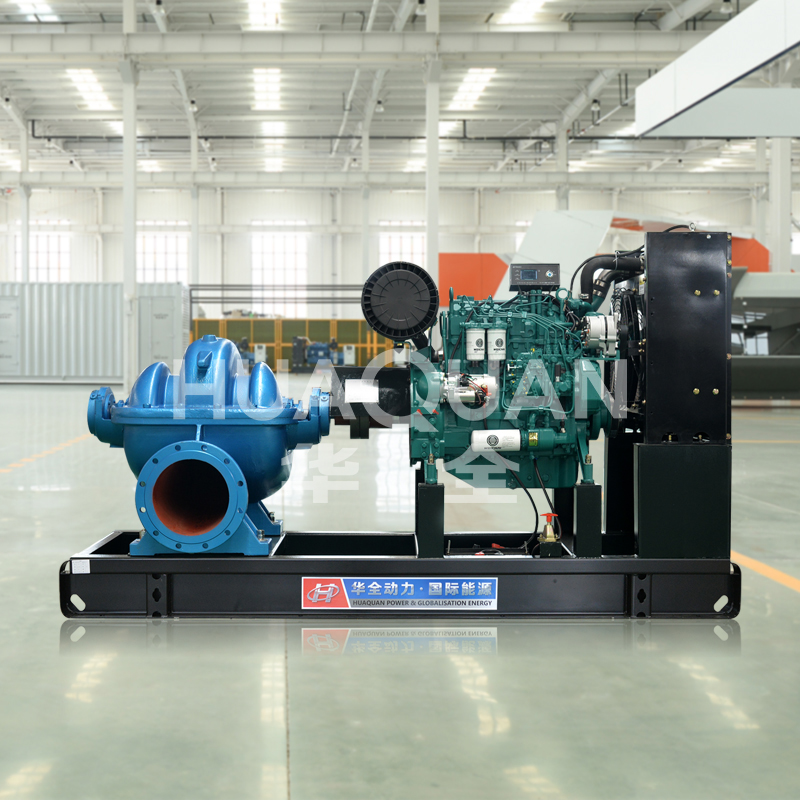2025-08-13Browse Index:
Sewage pump is centrifugal impurity pumps specially designed for transporting solid particles, fibers or corrosive media, mainly divided into two categories: submersible and dry. Sewage pump play an important role in production and life. In order to ensure its function when used, some things should be noted.

1. Pre-Installation Inspection for Sewage pump
Always verify the Sewage pump compatibility with your wastewater type (solid content, pH level) before installation. Ensure the voltage matches local power supply standards to prevent motor burnout.
2. Proper Positioning
Install the Sewage pump on a stable, level surface above the sump floor to avoid sediment accumulation. Maintain recommended clearance around the unit for ventilation and maintenance access.
3. Routine Monitoring for Sewage pump
Check the sewage pump's intake screen weekly for debris clogging. Unusual vibrations or overheating indicate immediate shutdown requirement for troubleshooting.
4. Operational Limits
Never run the Sewage pump dry – ensure adequate liquid inflow to prevent seal damage. Avoid pumping flammable liquids or corrosive chemicals beyond the manufacturer's specifications.
5. Maintenance Protocol for Sewage pump
Disconnect power before servicing the Sewage pump. Clean impellers quarterly using soft brushes to preserve hydraulic efficiency. Lubricate bearings annually with approved grease.

6. Emergency Preparedness
Install high-water alarms as secondary protection. Keep spare fuses and replacement seals specifically designed for your Sewage pump model onsite.
Use the Sewage pump correctly. It can not only ensure the normal operation of the work, but also ensure its efficiency and good performance. I hope the above introduction can bring reference to users.
More information about Sewage pump: https://huaquanpower.com/





